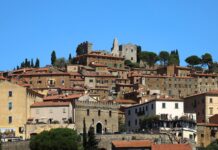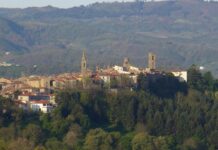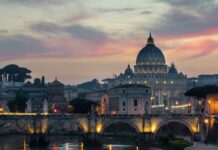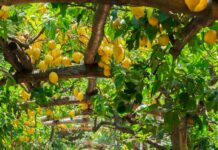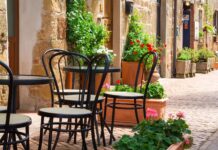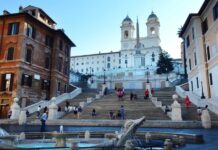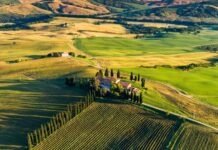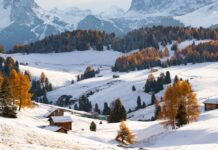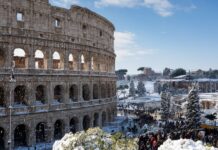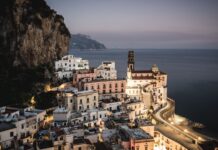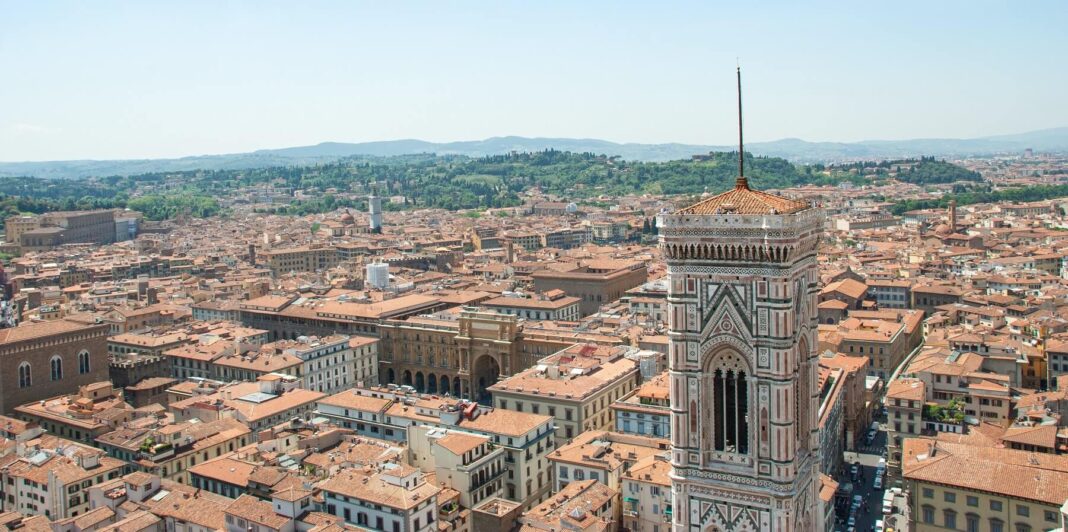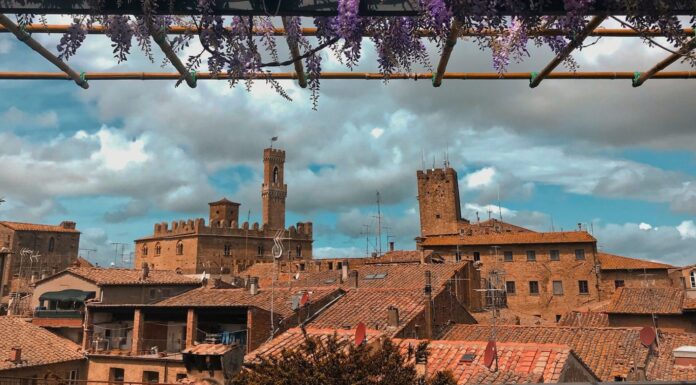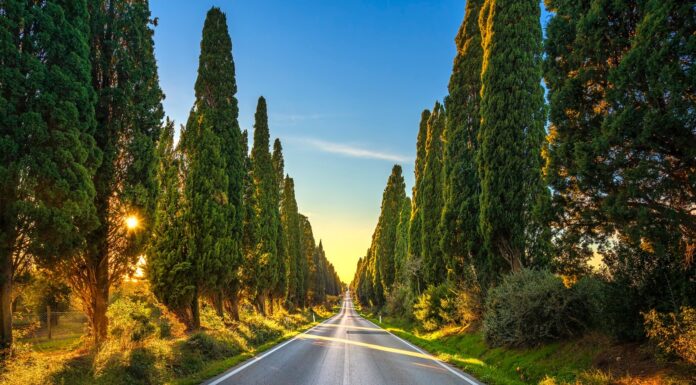Tuscany in March offers a first glimpse of spring in the Italian countryside. However, if you’re looking to visit during this time, you might be wondering whether it’s worth the trip.
While the summer months may be more popular among tourists, March offers a unique opportunity to experience Tuscany in a more relaxed and authentic way. With milder temperatures, fewer crowds, and a host of cultural events and activities, March can be an ideal time to explore this charming region of central Italy.
Whether you’re a foodie, a history buff, or simply seeking a picturesque escape, Tuscany in March has something to offer everyone. Let’s dive in and explore everything
Tuscany In March: The Weather
While the weather in Tuscany in March can vary, it’s generally mild.
On average, you can expect temperatures that range from around 50°F to 61°F, along with occasional rain showers.
While it may not be warm enough for sunbathing or swimming, the cooler temperatures make it an ideal time for outdoor activities like hiking, cycling, or exploring the cities and towns of Tuscany.
Plus, you’ll get to enjoy the beginning of Tuscan’y gorgeous spring season just beginning, complete with blooming flowers and budding trees, adding a beautiful touch to the already stunning landscapes!
Best 9 Places to Visit in Tuscany in March
1. San Gimignano
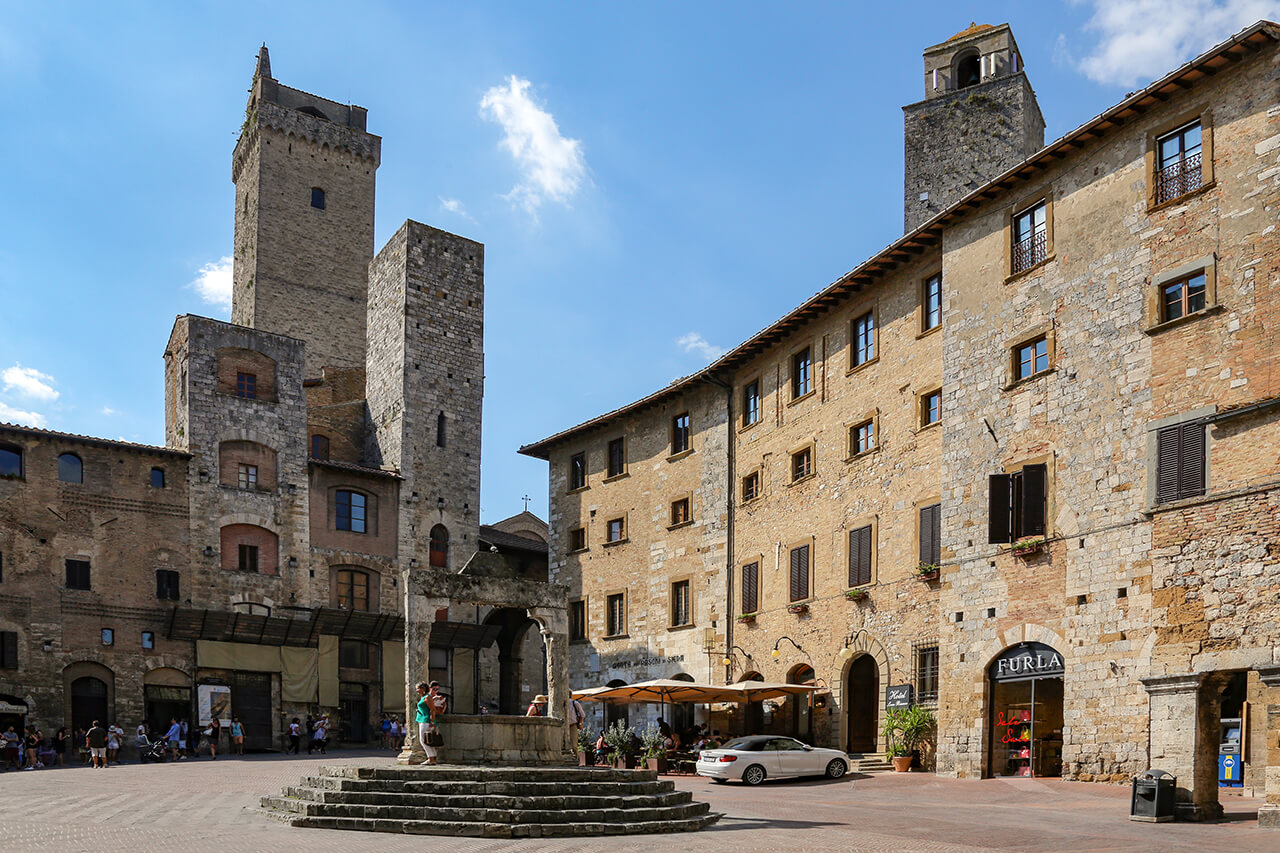
While Tuscany is full of picturesque towns and cities, San Gimignano is one of the best places to visit in March. This charming little hilltop town is famous for its medieval architecture and medieval towers.
These towers were built during the 12th and 13th centuries by the region’s wealthy families as a sign of their power and wealth. At its peak, the town had up to 72 towers. Unfortunately, however, only 14 remain standing today.
2. Siena
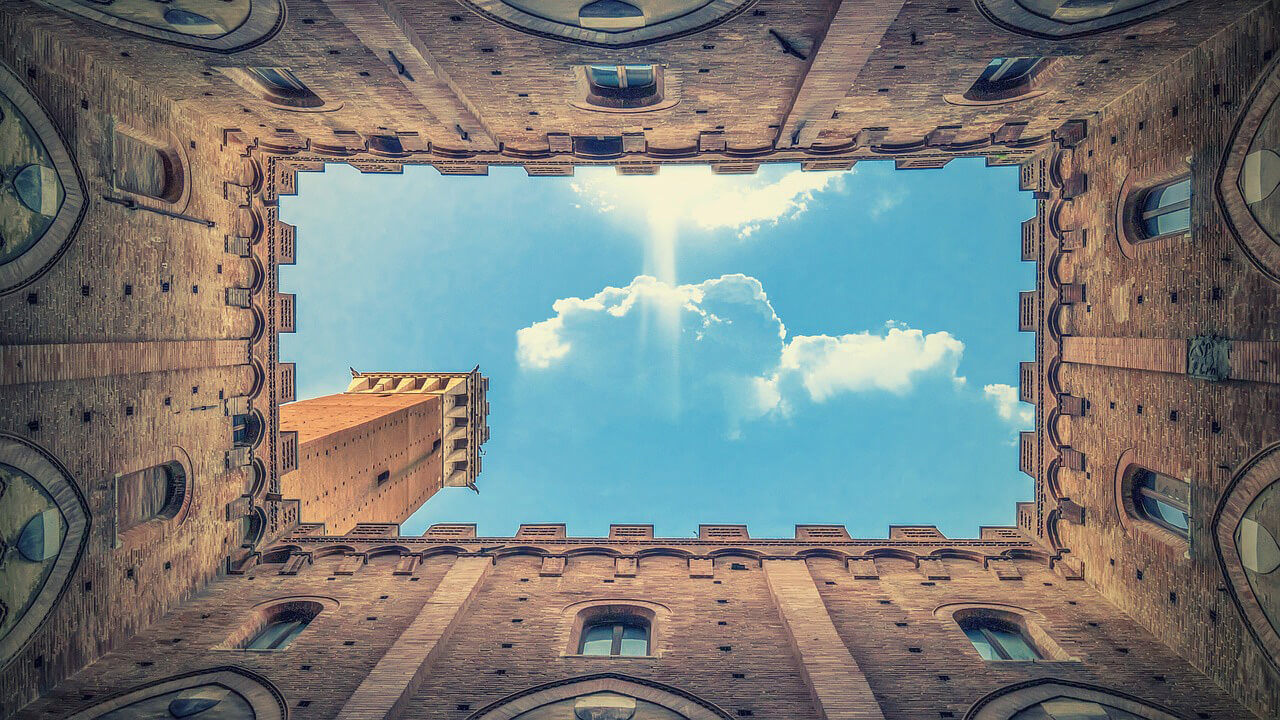
Siena is another stunning medieval city and a must-visit destination for anyone traveling to Tuscany in March.
Located in the heart of the region, Siena is home to some of Italy’s most important historical and cultural landmarks, including:
- Piazza del Campo
- Siena Cathedral
- Palazzo Pubblico.
3. Greve in Chianti

If you’ve ever had Chianti wine, then you’ve already had a small taste of this picturesque town.
Known for its vineyards, olive groves, and, you guessed it, charming medieval architecture, Greve in Chianti is an ideal destination for anyone looking to experience the beauty and tranquility of rural Tuscany.
Greve’s visitors can enjoy quintessential winding Italian streets, bustling markets, and historic churches. Plus, the vineyards start coming to life in March with the first buds of spring, so you’ll get to enjoy some excellent wine along the way.
4. Pisa
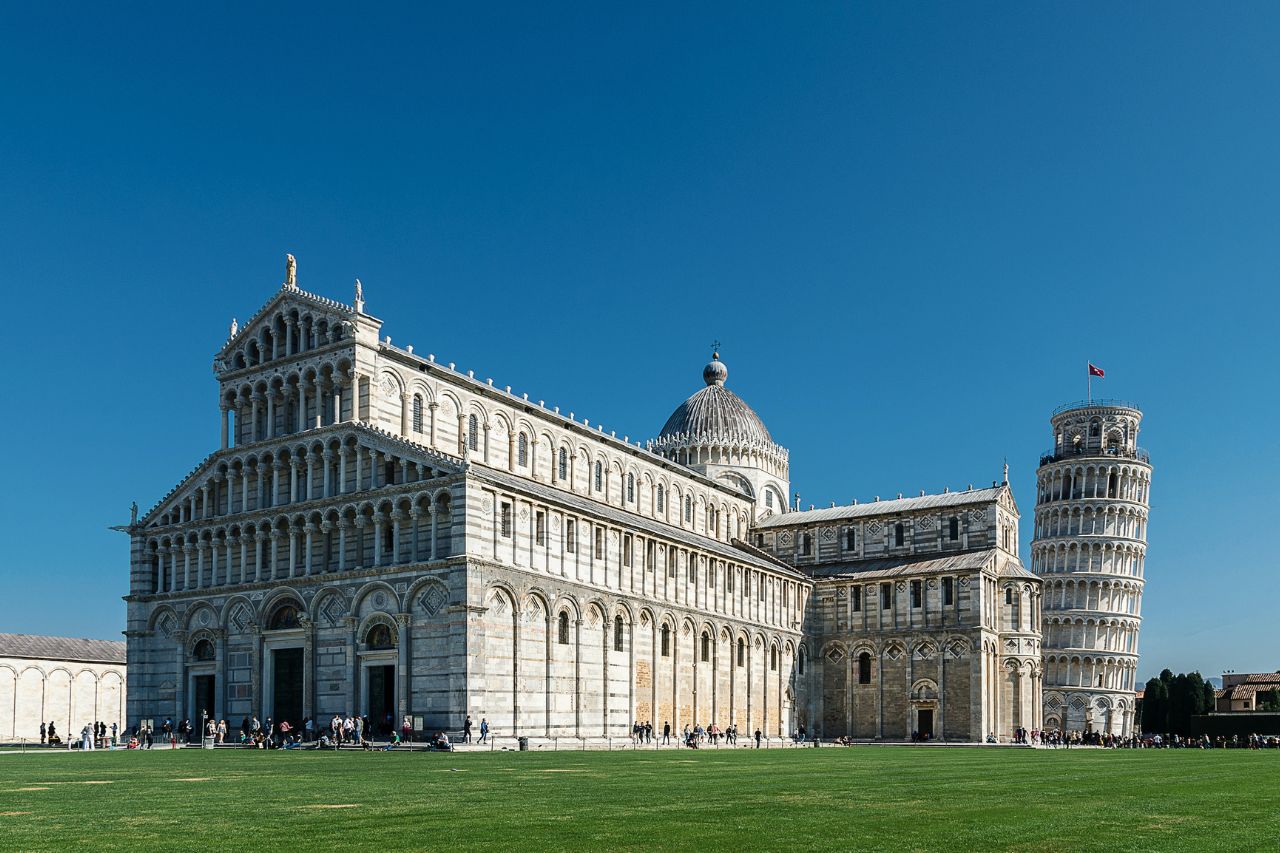
If you didn’t capture a photo with the Leaning Tower of Pisa, did you even go to Tuscany?
Pisa, which is located in central Tuscany, is famous for its iconic Leaning Tower.
However, while the city may be most well-known for its leaning landmark, there is so much more to explore!
In March, the weather is starting to warm up, making it an ideal time to explore the city’s narrow streets and piazzas. Visit the beautiful Cathedral of Santa Maria Assunta or walk along the River Arno and take in the stunning views of the city’s historic architecture.
It’s worth noting that Pisa also has a lively food scene, with many restaurants and cafes serving up traditional Tuscan cuisines, such as Lampredotto or Pappardelle.
5. Lucca
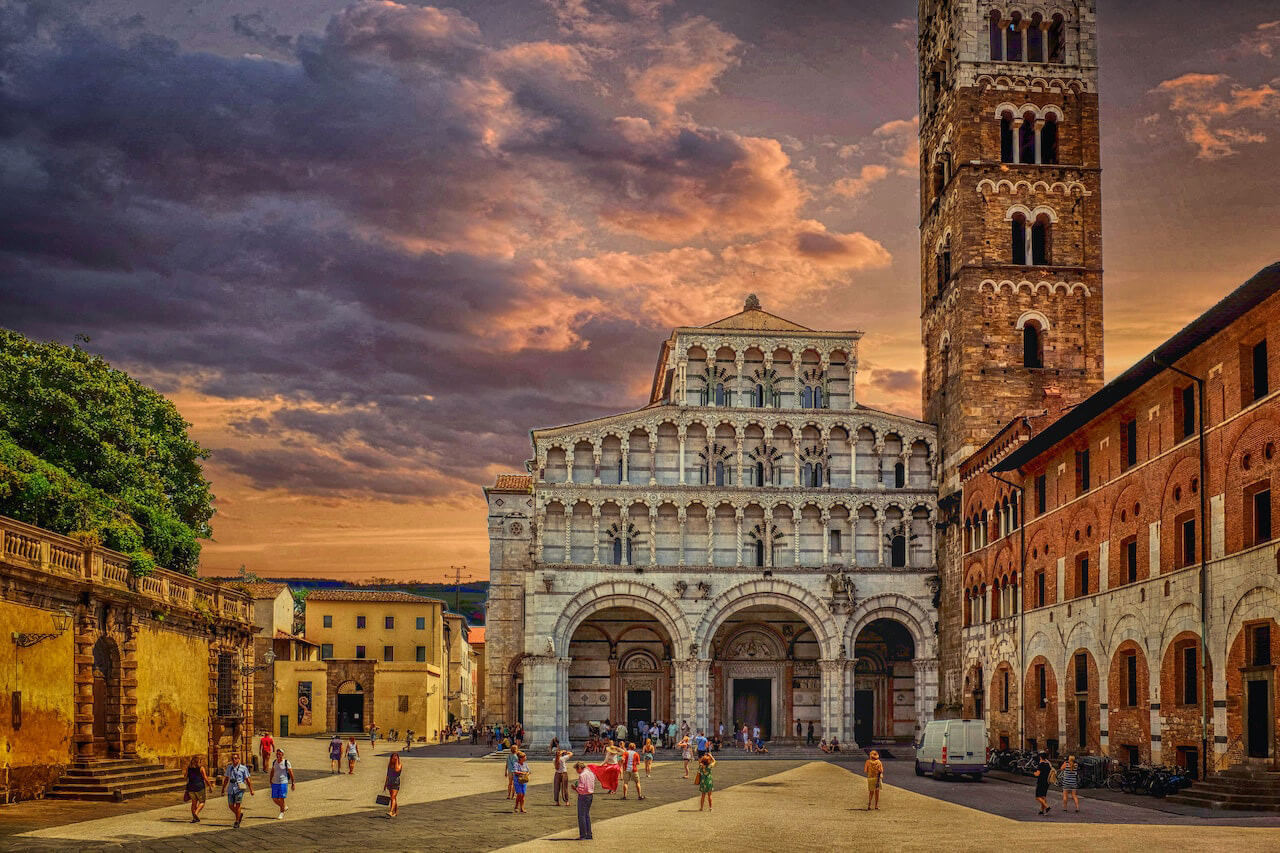
Just a short distance from Pisa, you’ll find the charming town of Lucca.
The city might be best known for its impressive Renaissance walls that have surrounded the historic center since the 16th century. Visitors can walk or cycle along the top of the walls to take in panoramic views of the city.
And, if you’re just as much of a fan of paper as Dwight Schrute, Lucca is also famous for its traditional paper production, and you can learn about this craft at the city’s Paper Museum.
6. Bagno Vignoni

If you need a place to reset both physically and spiritually, Bagno Vignoni is the town to visit.
Nestled in the heart of Tuscany, Bagno Vignoni is a quaint medieval village known for its ancient thermal bath, which dates back to Roman times and is still in use today.
There’s nothing quite like enjoying a soak in the hot waters while taking in the stunning views of the surrounding rolling hills and vineyards.
With its unique charm and natural beauty, Bagno Vignoni is a must-visit destination for anyone traveling to Tuscany in March.
7. Montepulciano

Montepulciano is another one of our favorite hilltop towns in Tuscany. You can’t really take a trip to Montepulciano without exploring the epic historic center, which offers some of the region’s most stunning architecture, including the Palazzo Comunale and the Duomo di Montepulciano.
If you’re feeling adventurous, you can climb the Torre di Pulcinella to take in panoramic views of the town and the surrounding countryside.
While you’re there, make sure to sample the local wines at Vino Nobile di Montepulciano.
8. Arezzo
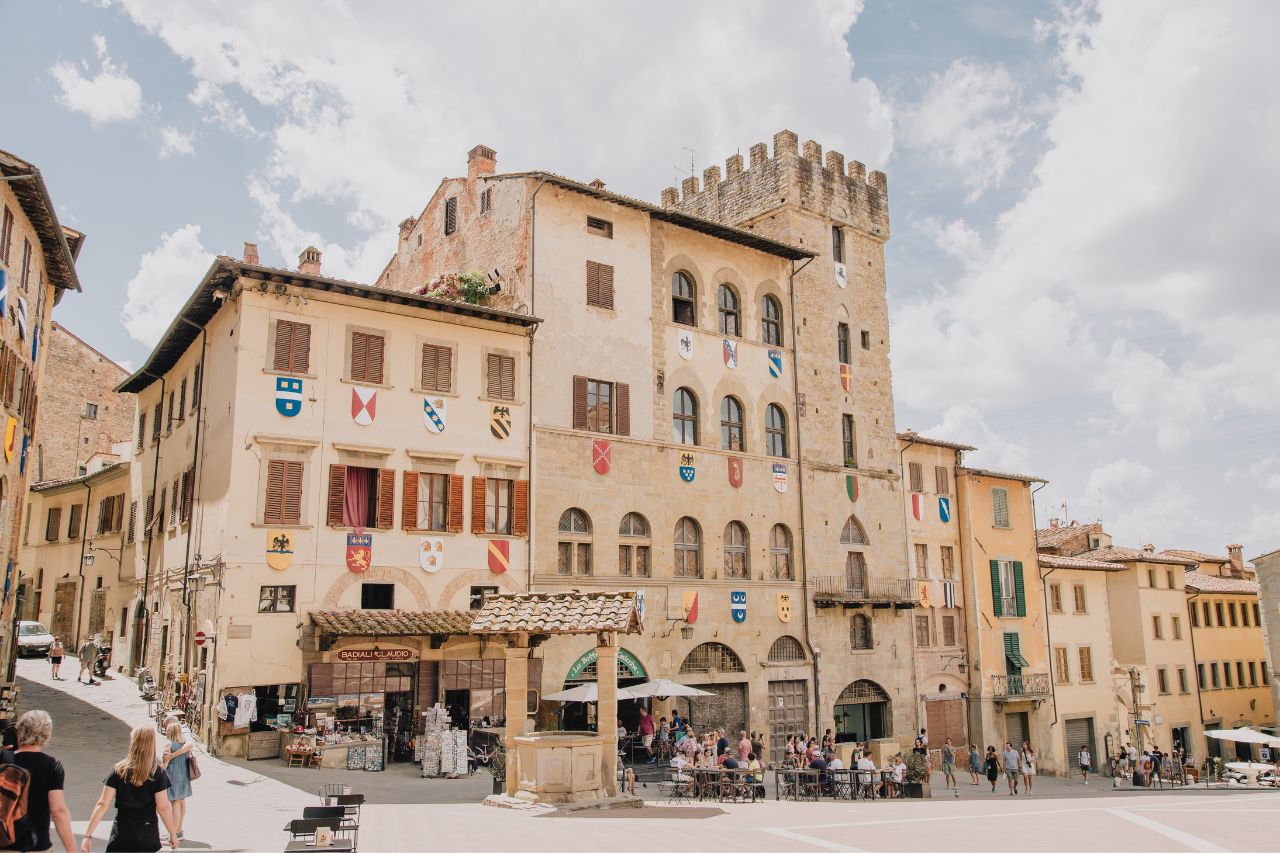
Arezzo is somewhat of a hidden gem that is often overlooked by tourists. In March, however, the city truly comes to life with a variety of events and festivals, including the Giostra del Saracino. This one-of-a-kind medieval jousting tournament draws crowds from all over the world, taking visitors back in time to the medieval ages.
While in Arezzo, head to the Basilica di San Francesco. This beautiful church is home to some of the most important frescoes in Italy, including works by Piero della Francesca.
9. Cortona

Lastly, we have Cortona, another beautiful hilltop town in Tuscany full of history and culture.
There’s no better way to start a day in Cortona than at the Piazza della Repubblica, which is the city’s central square. Here, you’ll find plenty of cafes and restaurants, perfect for a morning coffee and a meal.
However, what Cortona is really known for are its museums, including the Museo dell’Accademia Etrusca, which showcases numerous Etruscan artifacts, and the Fortezza Medicea, which is a 16th-century fortress turned museum, offering beautiful views of the countryside.
The Most Important Events in Tuscany in March
Palio dei Somari (11th – 19th March – Torrita di Siena)
Palio dei Somari is a traditional festival that has taken place in Torrita di Siena for more than 50 years.
The main attraction of the festival is a race where jockeys ride donkeys around the town’s central square, competing for a grand prize. Alongside the race, you’ll find parades, music, and other medieval-style festivities.
Torciata di San Giuseppe (19th March)
If you want to take place in a visually stunning Tuscan event, look no further than Torciata di San Giuseppe.
This traditional festival, which takes place in Montepulciano, involves a procession of participants carrying torches through the town’s streets, culminating in a bonfire in Piazza Grande.
The festival is a celebration of spring’s arrival and nature’s rebirth after winter. It is also a tribute to Saint Joseph, the patron saint of carpenters, who is said to have saved the town from a devastating earthquake in the 18th century.
Capodanno Fiorentino (25th March)
This annual celebration of the New Year takes place in Florence, celebrating a time when Florence used the Julian calendar, which began the new year on March 25th.
You’ll get to see a parade of people dressed in traditional costumes from the Renaissance period, the lighting of the “Brindellone” to celebrate the city’s ancient pagan rituals, and a massive firework show to end it off.
It’s a unique and fascinating time-honored tradition that has been celebrated for centuries — a must for any trip to Tuscany in March
A Day Trip to Tuscany In March
There are near-infinite itineraries we could give you for a springtime Tuscany day trip, so instead, we’ll give you a few ideas to play your own itinerary:
- Visit Wineries: Tuscany is famous for its wines, so take advantage of your trip and visit some wineries. Some of our personal favorites include Antinori, Castello di Ama, and Tenuta dell’Ornellaia in Bolgheri.
- Explore Some Hill Towns: You’ll find plenty of charming hill towns throughout Tuscany, and March is an excellent time to visit them since there are fewer tourists. Pitigliano, Montalcino, and Montepulciano are some of our favorites.
- Enjoy the Views: Tuscany’s rolling hills and picturesque landscapes are a sight to behold, so be sure to set aside some time to take them in. A UNESCO World Heritage Site noted for its wines and cypress trees, Val d’Orcia would be our top choice if we had to pick just one location. Popular activities there include hiking, biking, and soaking in the breathtaking views.
Frequently Asked Questions from Travelers
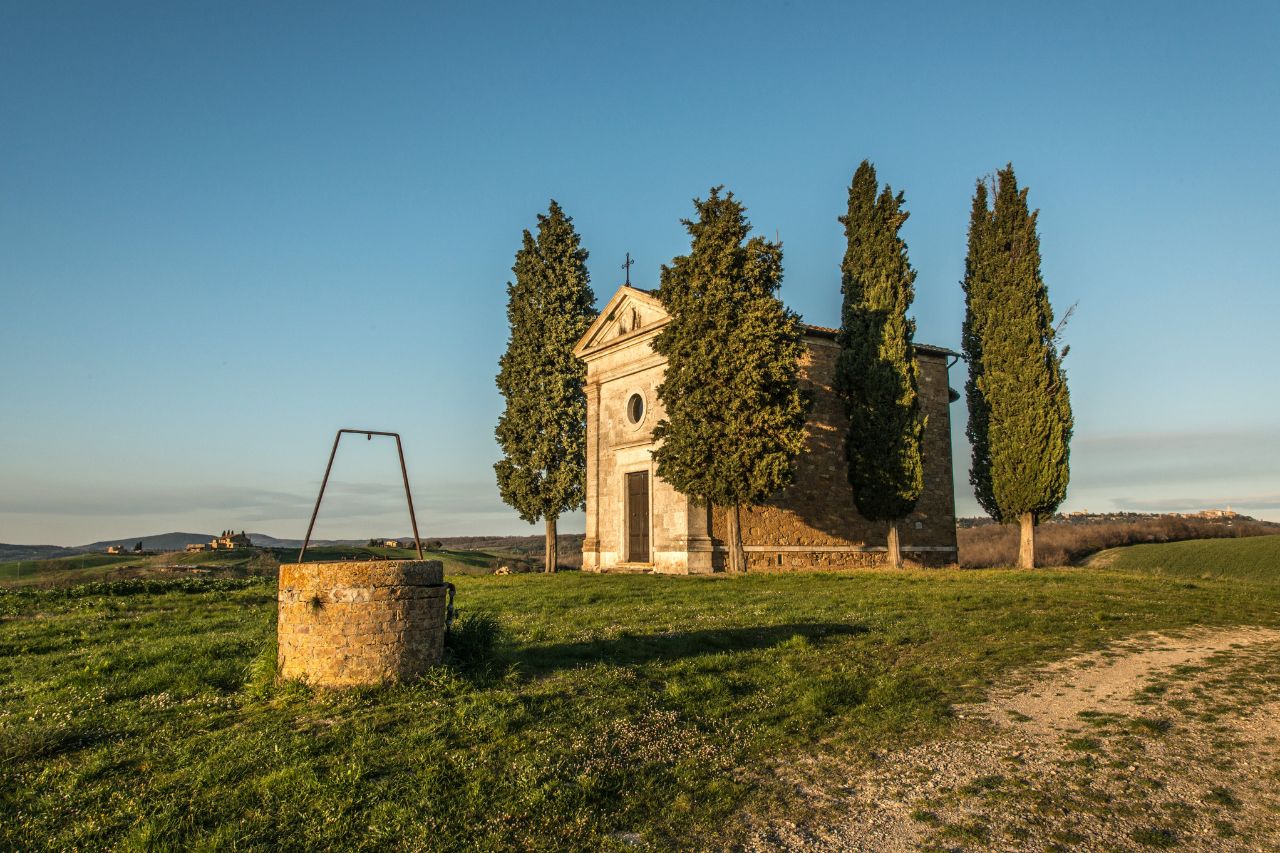
Is Tuscany Nice in March?
Overall, Tuscany can be a nice destination to visit in March as long as you’re prepared for some variability in the weather and are flexible with your plans. The region is far less crowded than in summer, and travel costs are often lower!
What to Wear in Tuscany in March?
In March, Tuscany can have unpredictable weather, so it’s important to pack accordingly. Consider dressing in layers, bring comfortable walking shoes, and have a waterproof jacket handy for potential rain!
Is March a Good Time to Visit Florence?
March is a great time to visit Florence, as the weather is decent, crowds are smaller than in summer, travel-related costs are down, and there are still plenty of events and festivals to enjoy.


